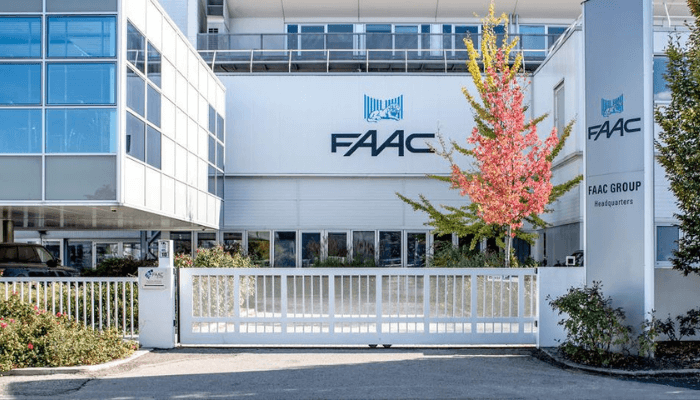The Nigerian government financial system operates a structure where funds flow to the three systems of government from what is termed the FEDERATION ACCOUNT.
The Federation Account serves as the central pocket through which our Governments – Federal, State, and Local Government – fund developmental projects as well as maintain their respective workforce.
The Flow of Revenue into the Federation Account included oil revenues and related taxes, revenues generated from the Nigerian Customs Service trade facilitation activities, company income tax (CIT), any sale of national assets, surplus and dividends from State Owned Enterprises(SOE).
Fundamentally, there are two components of the revenue allocation formula used for the disbursement of the Federation Account to the three tiers of government. These are:
1. Vertical Allocation Formula (VAF)
2. Horizontal Allocation Formula (HAF)
The Vertical Allocation Formula (VAF)
This formula shows the percentage allocated to the three tiers of government, i.e., Federal, States, and Local Governments.
This formula is applied vertically to the total volume of disbursable revenue in the Federation Account at a particular point in time.
The VAF allows every tier of government to know what is due to it; the Federal Government, on one hand, the 36 States, the FCT, and 774 Local Governments on the other.
The Horizontal Allocation Formula (HAF):
The formula is applicable to States and Local Governments only. It provides the basis for sharing the volume of revenue already allocated to the 36 States and 774 Local Governments.
Through the application of the principles of horizontal allocation formula, the allocation due to each State or Local Government is determined.
Thus, it can conveniently be concluded that the vertical allocation formula is for inter-tier sharing between the three tiers of government while the horizontal allocation formula is for intra-tier sharing amongst the 36 States and the 774 Local Governments in Nigeria.
The current vertical allocation formula on the net federation account revenues distributable (i.e. after statutory deductions such as 13% derivation and other charges and costs and excluding VAT) is as follows:
Federal Government – 52.68% (This is further divided into general ecological problems (1%), Federal Capital Territory (1%), Development of natural resources (1.68%), statutory stabilization (0.5%) and the balance of 48.5% for the Federal Government).
State Government – 26.72% and
Local Government – 20.60%
In addition to the federation account distributable revenue above, there is also a separate sharing ratio for Value Added Tax in which Federal Government gets 15%, States share 50% and Local Governments share the balance of 35%.
On the other hand, the horizontal allocation formula, which is more for the States and Local Governments and accordingly which captures factors/principles and percentage is as follows:
Equality – 40%. Here 40% of disbursable revenue from the share of the States 26.72% from the Federation account is divided equally across all 36 States. The remaining 60% of the 26.72% of the State’s share of the Federation account is disbursed as follows:
Population – 30%.
Here, 30% of State’s share of 26.72% is shared dependent on each States share of total population as determined by the National Population Commission.)
Landmass/Terrain – 10%.
Land mass of a State or Local Government shall be the proportional areal size (PAS) of the State or the Local Government to the total areal size of Nigeria, and shall be obtained as follows:
For each State, (PAS) = Areal size of State x 100 / Total areal size of Nigeria
The allocation due to terrain is made on the basis of the proportional areal size of the three identified major terrain types present in the State or Local Government Area, respectively, which are –
(i) wetlands / waterbodies;
(ii) plains; and
(iii) highlands;
Internally Generated Revenue (IGR) – 10%
Each State is mandated to contribute 10% of its IGR into a joint State and Local Government account to be shared equally.
Social Development Factor (SDF) – 10%
This comprises of Education (4%), Health (3.0%) and Water (3.0%).
Education as a parameter for allocation to Social Development Factor (SDF) relates to primary school enrolment which attracts 60 per cent of the allocation to education while the remaining 40 per cent is made using secondary school enrolment.
Allocation on the basis of primary school enrolment is made solely in direct proportion to school enrolment.
50 per cent of the allocation on the basis of secondary school enrolment is made in direct proportion to school enrolment, while the remaining 50 per cent is made in inverse proportion to school enrolment.
School enrolment refers to public funded schools only.
Health as a parameter for allocation to SDF relates to the number of State/Local Government hospital beds there are, and 50 per cent of the allocation to health is made in direct proportion to the number of the State hospital beds, while the remaining 50 per cent is made in inverse proportion to the number of State hospital beds.
Water as a parameter for allocation to SDF shall be represented by mean annual rainfall in the State headquarters and territorial spread of State: 50 per cent of the allocation to water shall be made in direct proportion to the State’s territorial spread, while the remaining 50 per cent shall be made in inverse proportion to the mean annual rainfall in each State headquarters, using the most current live year figures, the same year for all the States.
Culled from Nigeria Bureau of Statistics Report






